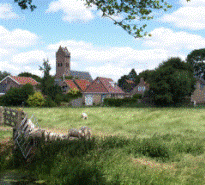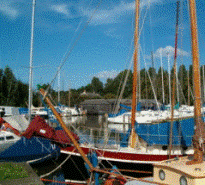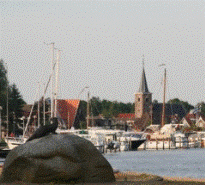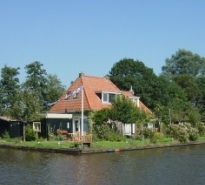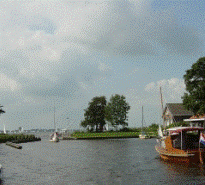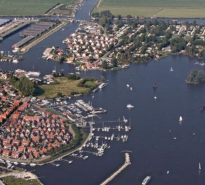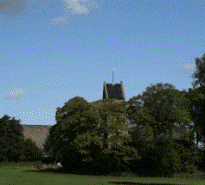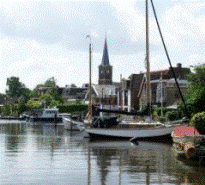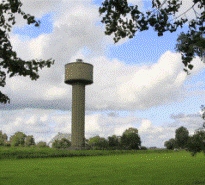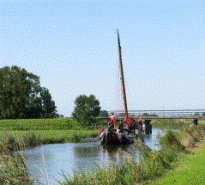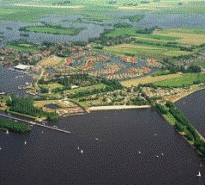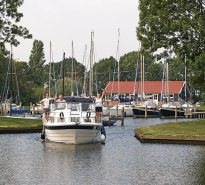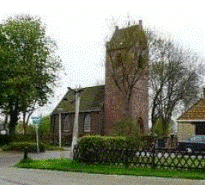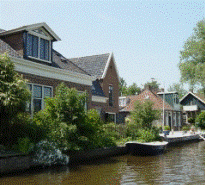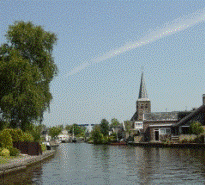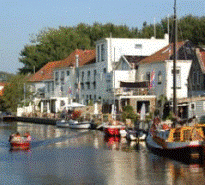
Akkrum was according to the population the second village of the old municipality Boarnsterhim. Regarding to the location and construction Akkrum and Nes are forming a unity, which is why both villages are often mentioned in the same breath. Akkrum originated on a mound (525-725 AD) on the south side of the river Boarne and is grown along the Slachtedyk. In the 11th and 12th centuries there were probably fishermen, craftsmen and tradesmen. Around 1500 Akkrum was completely destroyed by fire and rebuilt.
In the early 18th century Akkrum will be known for his butchers export to London. Akkrum had the first Skatingfactory of the Netherlands, Steam Skatingfactory 'De Ruiter', and was founded in 1860-1861. For the development Akkrum's oil and animal feed industry in the past (1841-2001) was very important. Notably led by Ulbe Twijnstra in the period 1887-1912 the company flourished. For over a century it was the largest employer in the village. Characteristic are the Terp-Tsjerke (1759), and the in neo-classical-style build Baptist Church (1835), 'Coopersburg' . 'Welgelegen Coopersburg' was founded in 1900 by the Akkrumer Harmens Folkert Kuipers, who had made his fortune in America. It was built as a home for the elderly of those days but is currently used for housing one and two person households. The former Regent Room is decorated as ancient room. Welgelegen complexes homes for unmarried women and widows, with facing the street there is a beautiful garden domed from 18th century.
The Foundation Welgelegen founded in 1924 by Miss Suster van der Vegt from Akkrum. The central location to open waters and its accessibility by road and rail, Akkrum has become a popular recreational village. 'De Meinesloot' is the marina adjoining campsite Tusken de Marren with 400 berths. There are several charter water sports, hotels, cafe-restaurants and a range of shops. Akkrum is known as an active and cozy village, mainly due to the organization of sporting, tourist and cultural activities of format. Who does not know the Frisian Dei Spider Monkey and F.K. Mast Climbing Nowadays Akkrum promoted both Mastklim- as Giantville.

